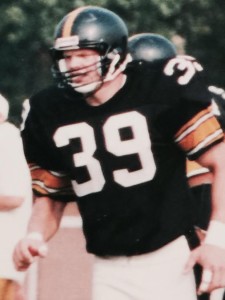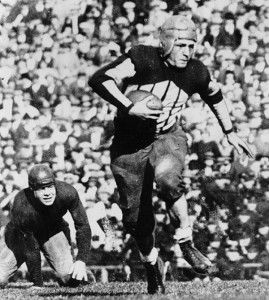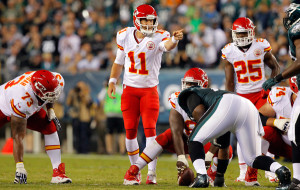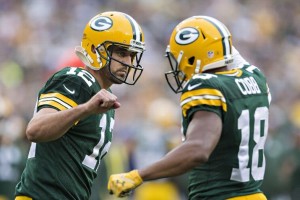Meditations on the Dangers of Modern Football From a Former Pro 7

Thane Ritchie was a member of the Pittsburgh Steelers and Chicago Bears during two years as part of the NFL.
American football faces a crisis today, even as the NFL remains more popular than ever. With the ever-increasing evidence and incidence of long-term brain damage from contact sports, the future of American football may not resemble its current form. When I think about the game, I am reminded of the Lao-Tzu quote, “If you do not change direction, you may end up where you are heading”. Indeed, wise words that ought to be heeded by those who can change the NFL’s present course.
Harder, Better, Faster, Stronger
When I played tight end for the Steelers and Bears in 1989 and 1990, respectively, the average weight for my position fell somewhere around 235 pounds. In the 1950s you would be hard-pressed to find a lineman that weighed that much. Today’s NFL players continue to get larger and larger. Modern offensive linemen average 310 pounds – a nearly 40-pound increase over average O-line weights in the 1980s. What’s more, they aren’t just heavier than they used to be; they’re faster now, too. When the whistle blows, today’s football player might endure g-forces over 15 times stronger than that of an F-16 fighter jet roll.
A couple years ago, NPR compared two of the hardest-hitting players from vastly different eras of pro football. When the 190-pound defensive lineman Red Badgro hit you at full speed in 1930, the New York Giant took you down with approximately 970 pounds of force. Today, 335-pound Ravens defensive tackle Haloti Ngata, who also runs the 40-yard-dash in less than five seconds, can deliver 1,700 pounds of force at top speed. So what does this mean? If spread evenly across the body, it’s the difference between a very hard hit and an extremely hard hit. The differences become profound, however, when you examine how that force can be concentrated today. Today’s “bigger, faster, stronger” athletes play on a football field that is increasingly more vicious and more dangerous.
Paved With Good Intentions
Anyone familiar with football of the ‘30s can picture the padded leather helmets that make yesterday’s heroes of the gridiron look at best, foolish, and at worst, like they must have a death wish. But not only were the physics of the hits back then “softer” than they are now, the head was never, ever, used as a weapon. If nothing else, the lack of protection to the head and face led to greater care and awareness of these vital body parts. Shoulder and arm tackles were the standard way to bring a man down.
In pursuit of advanced protection, the plastic football helmet debuted in the 1940s and underwent substantial development over the subsequent decades. By the 1980s, polycarbonate alloy became plastic de rigeur for helmets from Pop Warner to the pros. Keeping pace with the enhanced safety of these space-age head protectors, bold, innovative techniques for their use were introduced to the sport. Unfortunately, these tactics trended toward offensive, rather than defensive, strategies. Read the rest of this entry →








